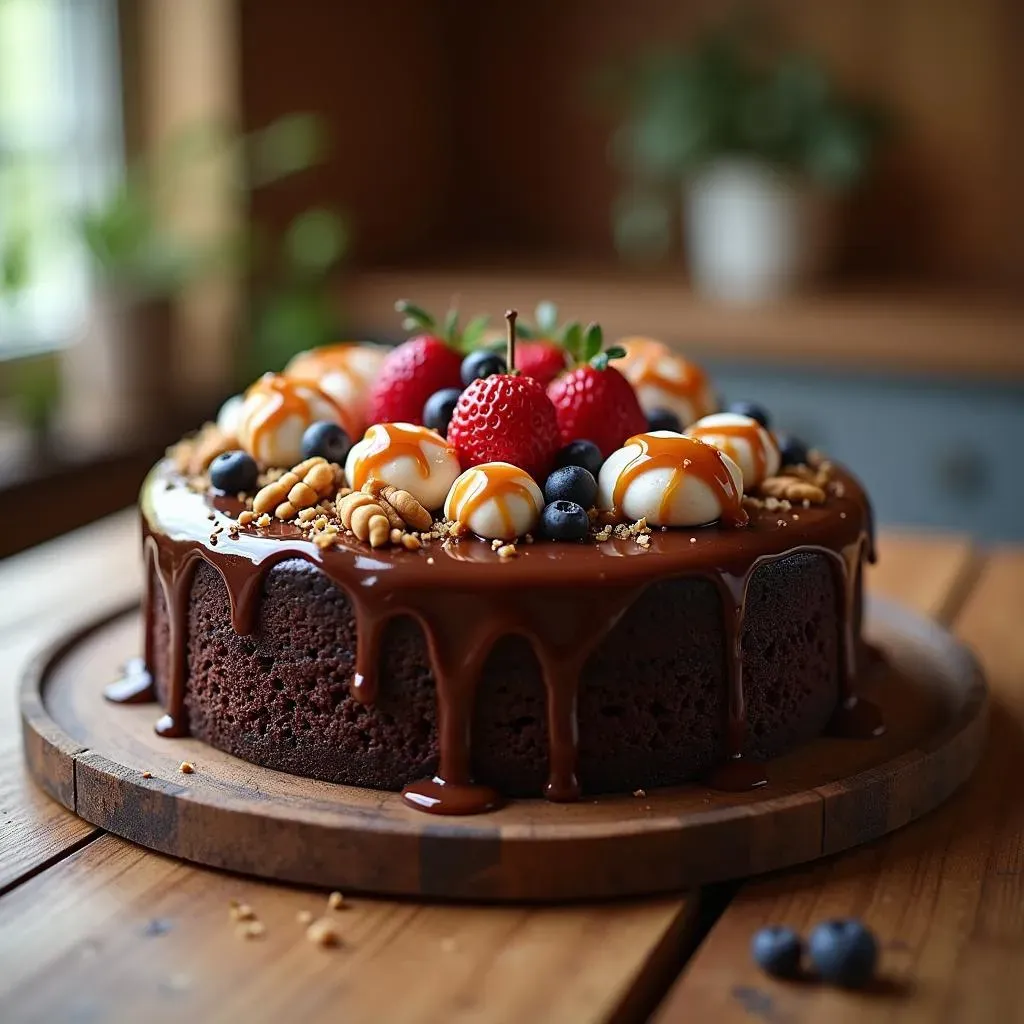Table of Contents
Chocolate cake lovers, rejoice! Prepare for a delicious journey into the wonderfully diverse world of fudge chocolate cake variations. This isn't just another recipe roundup; it's an exploration of texture, flavor, and the sheer artistry of transforming a simple cake into a decadent masterpiece. We'll unravel the science behind that perfect fudgy crumb, examining the key ingredients and techniques that make all the difference. From classic, intensely chocolatey recipes that form the bedrock of any serious baker's repertoire to inventive twists that will leave you craving more, we'll cover it all. Get ready to discover how a few simple substitutions or additions can elevate your fudge chocolate cake from good to unforgettable. We'll explore everything from ganache-topped wonders to nutty delights and caramel-swirled creations. And don't worry, we'll even tackle common baking pitfalls, providing you with troubleshooting tips and tricks to ensure your every fudge chocolate cake is a resounding success. So, grab your apron, gather your ingredients, and let's embark on this delectable adventure together! Prepare to be amazed by the endless possibilities of fudge chocolate cake variations.
The Science of Fudge: Understanding the Perfect Texture
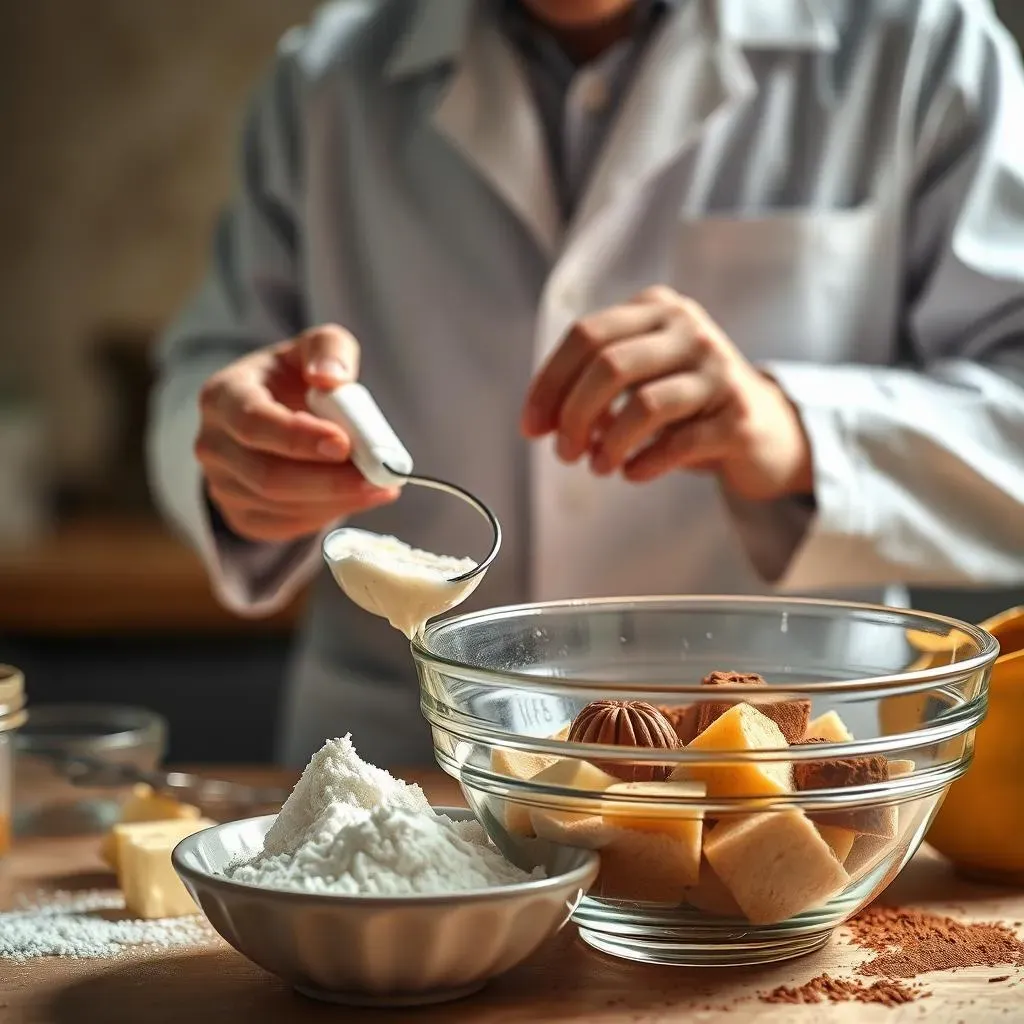
The Science of Fudge: Understanding the Perfect Texture
Fat, Sugar, and the Magic of Emulsification
So, you want to understand the science behind that melt-in-your-mouth fudge texture? It's all about the interplay of fat, sugar, and a little bit of magic (okay, maybe it's chemistry). The fat, usually butter or oil, contributes to that rich, creamy mouthfeel. Think of it as the velvet cushion your taste buds sink into. The sugar provides sweetness, of course, but it also plays a crucial role in the structure of the fudge. Properly incorporated, it creates a dense, yet tender crumb. And then there's the magic of emulsification – the process of blending fat and water-based ingredients (like eggs or buttermilk) to create a smooth, homogenous mixture. This is key for a luxurious, perfectly smooth fudge. Get it wrong, and you end up with a grainy or oily mess. Mastering this is the key to creating a truly exceptional cake, and you can find more tips in our guide to the best fudge chocolate cake recipe.
Ingredient | Role in Fudge Texture |
|---|---|
Fat (Butter/Oil) | Creaminess, richness, mouthfeel |
Sugar | Sweetness, structure, density |
Emulsification | Smoothness, prevents graininess |
Cocoa Powder and the Path to Chocolatey Decadence
Now, let's talk cocoa powder. Different types of cocoa powder will impact the final texture of your fudge. Dutch-processed cocoa, for instance, tends to create a richer, more intense chocolate flavor with a slightly less acidic taste. This can lead to a denser, more intensely fudgy cake. Conversely, natural cocoa powder can result in a lighter, slightly tangier fudge, perfect for those who prefer a less intense chocolate experience. The amount of cocoa powder you use also matters – more cocoa generally means a denser, more intensely chocolatey fudge. But be warned! Too much can make your cake dry, so finding that perfect balance is essential. For a foolproof recipe, check out our easy fudge chocolate cake recipe which balances all these elements beautifully. Remember, experimentation is key!
- Dutch-processed cocoa: Richer, denser fudge
- Natural cocoa powder: Lighter, tangier fudge
- Cocoa powder quantity: Affects density and chocolate intensity
Classic Fudge Chocolate Cake Recipes: A Foundation of Deliciousness
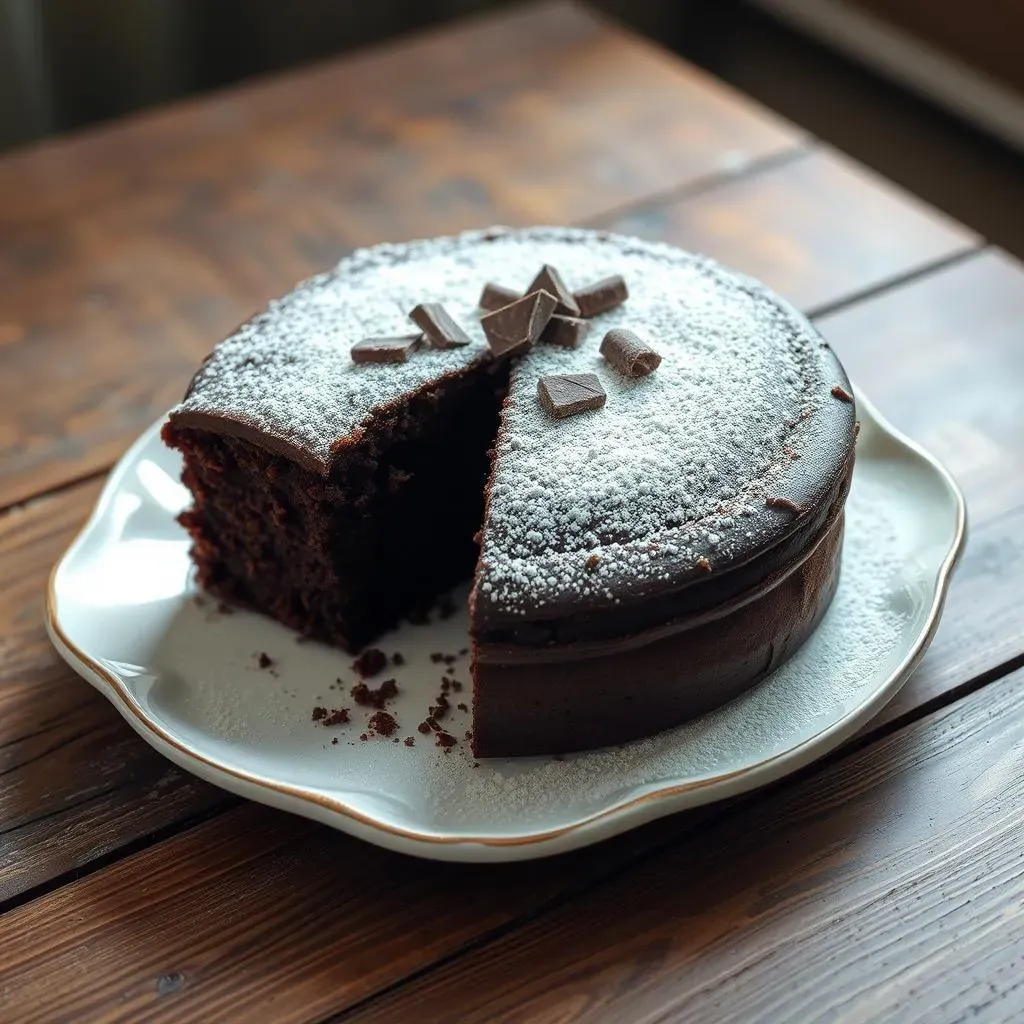
Classic Fudge Chocolate Cake Recipes: A Foundation of Deliciousness
The One-Bowl Wonder: Simplicity and Decadence
Let's start with the basics – the simple, classic fudge chocolate cake. These recipes are your trusty workhorses, the foundation upon which you can build more elaborate creations. They often feature a single bowl, minimizing cleanup and maximizing ease of baking. Think rich, moist chocolate cake, bursting with intense cocoa flavor. The frosting? A classic chocolate buttercream, perfectly complementing the deep chocolate notes of the cake. These recipes are perfect for beginners, offering a guaranteed delicious outcome that'll impress even the most discerning palates. For a truly straightforward recipe, I highly recommend checking out our easy fudge chocolate cake recipe. It's a real crowd-pleaser!
- Minimal ingredients
- Easy mixing method
- Classic chocolate flavor
- Perfect for beginners
From Scratch: Mastering the Art of the Classic Fudge Cake
Now, for those who want to truly master the art of the classic fudge chocolate cake, we move on to from-scratch recipes. These recipes require a bit more time and attention, but the reward is a cake that tastes utterly divine. You'll be using high-quality ingredients, carefully measuring each element to ensure perfect balance and texture. The result? A cake that's intensely rich, moist, and deeply chocolatey, a true testament to your baking skills. These recipes often involve techniques like creaming butter and sugar together to create a light and airy texture before carefully folding in the other ingredients. If you're ready to take your baking to the next level, explore our from-scratch fudge chocolate cake recipe – it's a game-changer!
Recipe Type | Pros | Cons |
|---|---|---|
One-bowl | Easy, quick, minimal cleanup | May require more advanced techniques for perfect texture |
From-scratch | Superior flavor and texture, control over ingredients | More time-consuming, requires precision |
Beyond the Basics: Creative Fudge Chocolate Cake Twists
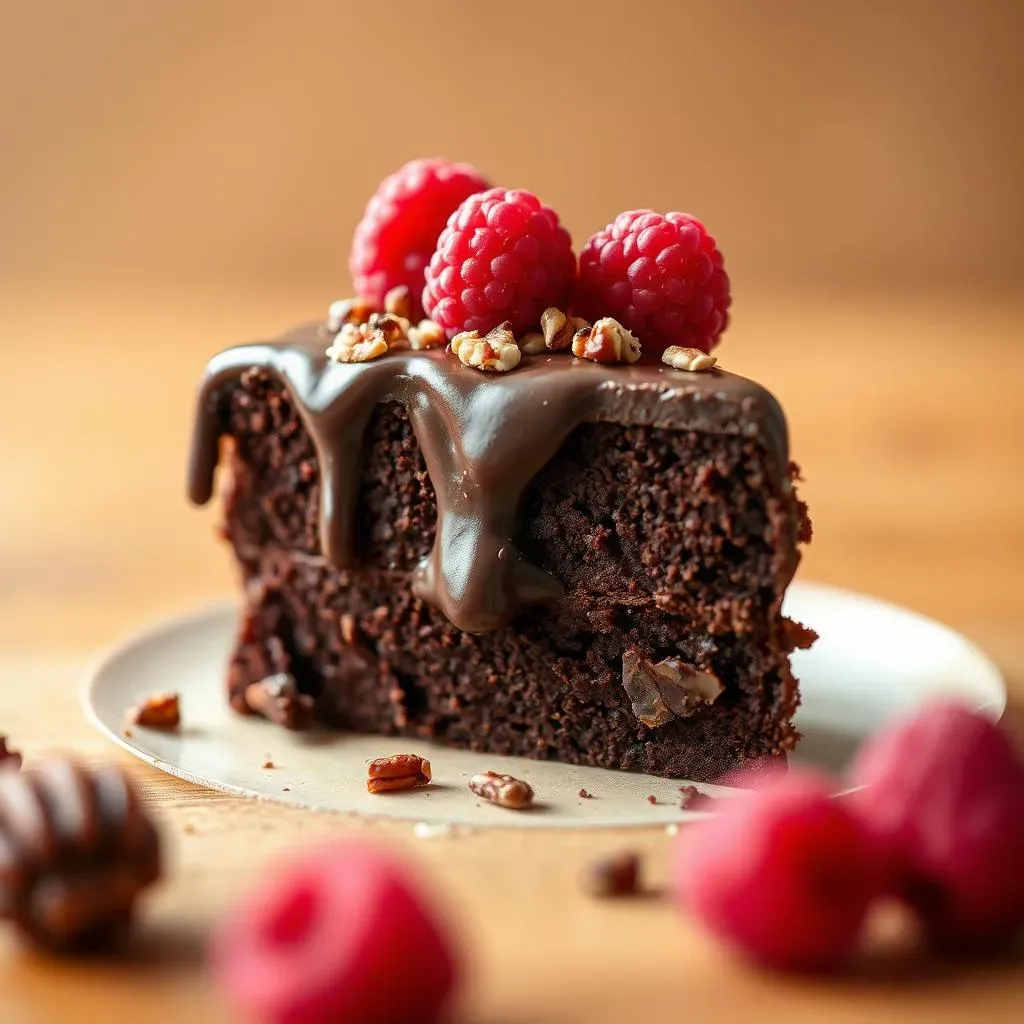
Beyond the Basics: Creative Fudge Chocolate Cake Twists
Ganache Goodness: Elevating Your Fudge Cake
Let's talk ganache! This luscious chocolate sauce is the ultimate upgrade for any fudge chocolate cake. A simple mixture of chocolate and cream, ganache adds a layer of intense chocolate richness and silky smoothness. You can drizzle it over the top, create a decadent frosting, or even use it to fill the layers of your cake. The possibilities are endless! For an extra-special touch, consider using different types of chocolate – dark, milk, or even white – to create a multi-layered flavor experience. Looking for inspiration? Check out our fudge chocolate cake with ganache recipe for some stunning ideas.
- Drizzle over the cake
- Use as a frosting
- Fill the cake layers
- Experiment with different chocolates
Nutty Delights: Adding Texture and Flavor
Nuts add a wonderful textural contrast and a boost of flavor to your fudge chocolate cake. Think crunchy pecans, toasted walnuts, or even finely chopped hazelnuts. You can incorporate them into the cake batter itself for a subtle nutty flavor throughout, or sprinkle them over the top for a delightful crunch. For an extra touch of elegance, consider using candied nuts for a sweeter, more sophisticated flavor. Our fudge chocolate cake with nuts recipe offers some amazing combinations to try.
Nut Type | Flavor Profile | Texture |
|---|---|---|
Pecans | Rich, buttery | Crunchy |
Walnuts | Earthy, slightly bitter | Crunchy |
Hazelnuts | Sweet, nutty | Crunchy |
Fruity Fusion: Unexpected Flavor Combinations
Who says fudge chocolate cake has to be strictly chocolate? Don't be afraid to experiment with unexpected flavor combinations! A swirl of raspberry puree in the batter adds a tart counterpoint to the richness of the chocolate, while chopped cherries provide a burst of juicy sweetness. Consider adding a layer of fresh berries between the cake layers for a truly decadent treat. The possibilities are as vast as your imagination! For some inspiration, explore our guide to fudge chocolate cake variations – it’s full of creative ideas.
"The best chocolate cake is one that makes you happy." - Anonymous Baker
Troubleshooting and Tips for Fudge Chocolate Cake Success
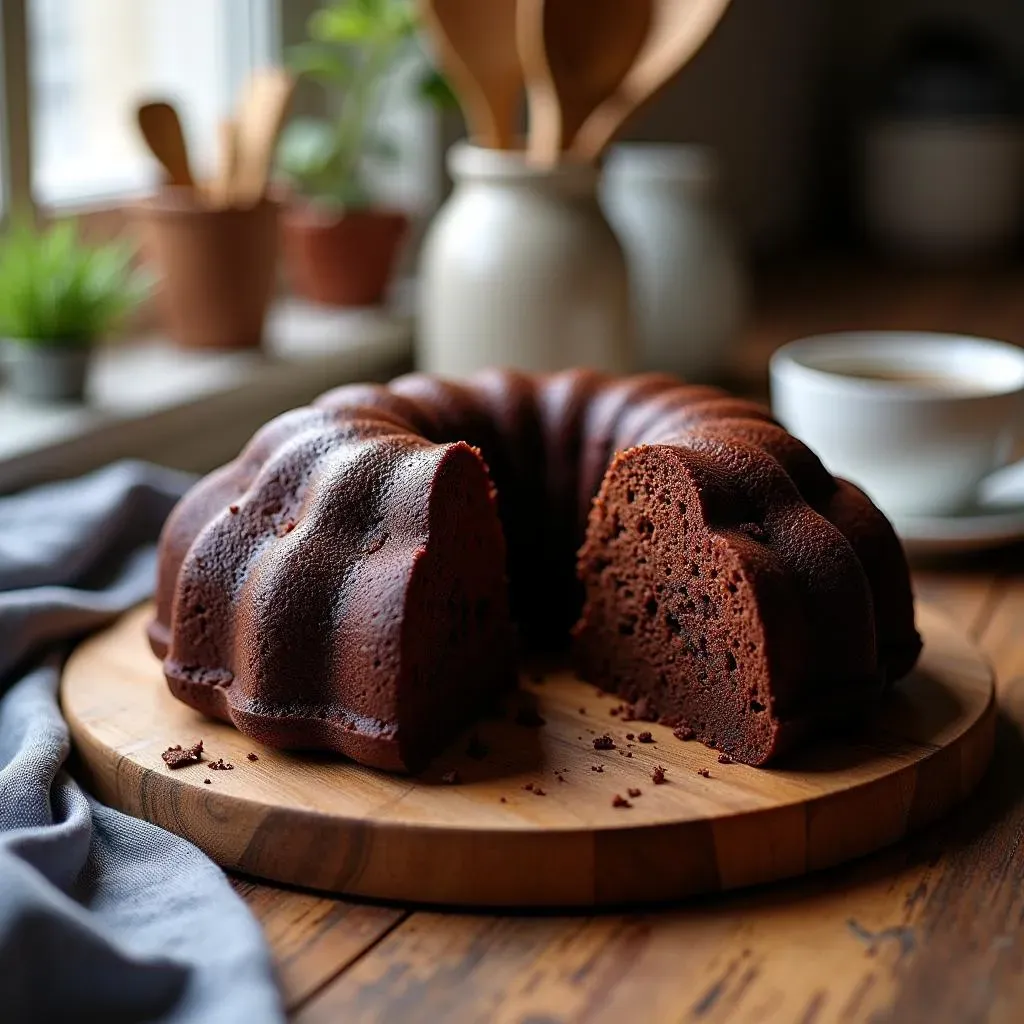
Troubleshooting and Tips for Fudge Chocolate Cake Success
Dry Cake SOS: Moisture Mishaps and Solutions
Ah, the dreaded dry cake! It's a baker's nightmare, but often easily avoidable. Over-baking is a common culprit. Always check for doneness a few minutes before the recipe's suggested time, using a toothpick inserted into the center. If it comes out clean, it’s done! Another potential problem is using old baking powder or soda. These leavening agents lose their potency over time, resulting in a flat, dry cake. Always check the expiration dates! Finally, ensure you're using the correct amount of liquid. Too little liquid will result in a dry cake, while too much might lead to a soggy one. Precise measuring is essential here. For more detailed advice, check out our troubleshooting guide – it's a lifesaver!
- Check for doneness early
- Use fresh leavening agents
- Measure liquids accurately
Cracked Tops and Other Cosmetic Concerns: Fixing Appearance Issues
A cracked top might look a bit alarming, but it doesn't necessarily mean your cake tastes bad! It's often caused by oven temperature fluctuations or over-baking. Using an oven thermometer can help you monitor the temperature accurately. Another factor is the oven's placement in your kitchen – near a drafty window or door can impact temperature consistency. If your cake is prone to cracking, try reducing the oven temperature by 25°F (14°C). For cakes with a tendency to dome, you can also try using a cake leveler to create even layers for a more aesthetically pleasing result. For a smooth, even top, we recommend using our fudge chocolate cake with frosting recipe which is designed to minimize cracking.
Problem | Possible Cause | Solution |
|---|---|---|
Cracked Top | Oven temperature fluctuations, over-baking | Use oven thermometer, lower temperature, level cake |
Uneven Baking | Uneven oven heat distribution | Rotate cake halfway through baking |
Soggy Bottom | Too much liquid in batter | Reduce liquid slightly |
